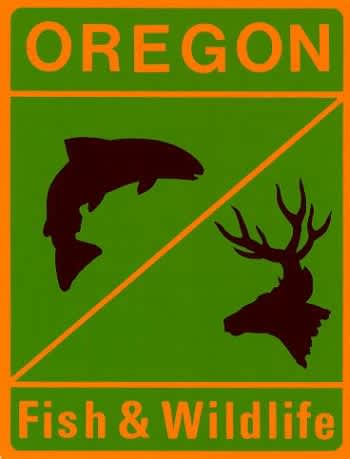Oregon Trappers Should Be Mindful of Wolverines in the Eagle Cap Wilderness Area
OutdoorHub 02.05.12

ODFW has reminded northeast Oregon trappers that wolverines could be in the Eagle Cap Wilderness Area and of the species’ threatened status under the Oregon Endangered Species Act.
This comes after a wolverine was accidentally captured in a foothold trap set near the Eagle Cap Wilderness in late December. Upon finding the captured wolverine, the trapper immediately contacted ODFW. Wildlife biologists came to the site, tranquilized the wolverine and released it unharmed.
Currently wolverines cannot be trapped in Oregon due to their state-threatened status. No citations were issued in this case because the trapper followed regulations and immediately contacted ODFW. “This trapper did exactly what he was supposed to do following the capture of the wolverine,” said Tim Hiller, ODFW furbearer coordinator. “We appreciate that the trapper also voluntarily pulled all of his traps from the area afterwards.”
In a letter to trappers dated Jan. 27, 2012, ODFW reminded trappers to immediately contact ODFW should they trap a wolverine. ODFW asked trappers to avoid the area or take special precautions when trapping in areas of known wolverine activity, encouraging them to avoid the use of lethal traps such as medium or large body-gripping traps. ODFW also recommended that trappers familiarize themselves with wolverine sign, especially tracks.
Bobcats and wolverines can sometimes be found in the same areas. However, deep snow usually forces most bobcats out of wolverine habitat and greatly decreases access to that habitat for trappers.
Most bobcat trappers have since voluntarily removed all of their traps from the area where the wolverine was trapped, according to Jim Soares, Secretary/Treasurer of the Northeast Oregon Trappers Association and member of the Oregon Trappers Association.
“Oregon trappers don’t want to capture wolverines or any non-target species,” said Soares. “The trappers I know are very aware of the diversity of wildlife in the area and take precautions to only trap animals they intend to trap.”
In addition to talking with northeast Oregon trappers, ODFW has also responded to Oregon Wild and TrapFree Oregon, organizations that expressed concerns about wolverines and trapping after hearing about the capture. ODFW informed these organizations of its communication with northeast Oregon trappers and that the risk to wolverines from trapping activities in the area is low.
Trapping is a regulated activity in Oregon with special rules based on species, bag limit, season and species status. Since 1985, all first-time trappers and those born after June 30, 1968 have been required to pass an education course before they can obtain a trapping license. The course deals with topics like wildlife identification, trapping ethics, animal welfare, and setting traps so they catch target animals. Oregon currently has about 1,100 licensed trappers.
Bobcat season runs through Feb. 29, 2012 in Oregon. Many other seasons wrap up by that date as well.
Wolverines have been found in Oregon several times since 1936, when they had been thought to be extirpated from Oregon. In 1965, a male was killed on Three Fingered Jack in Linn County. In 1973, a wolverine was trapped and released on Steens Mountain, Harney County. In 1986, a wolverine was trapped in Wheeler County. In 1990, a dead wolverine was picked up on I-84 in Hood River County. In 1992, a partial skeleton was recovered in Grant County.
Most recently, researchers captured images of wolverines on a trail camera and confirmed wolverine tracks in the Eagle Cap Wilderness Area in Wallowa County in 2011. ODFW supports this and other wolverine survey and research efforts throughout Oregon. To date, there is no evidence of a breeding population of wolverines in Oregon.
More information on wolverines: The Wolverine Foundation
Images of wolverines can be found here: http://www.dfw.state.or.us/news/2011/april/042511c.asp

